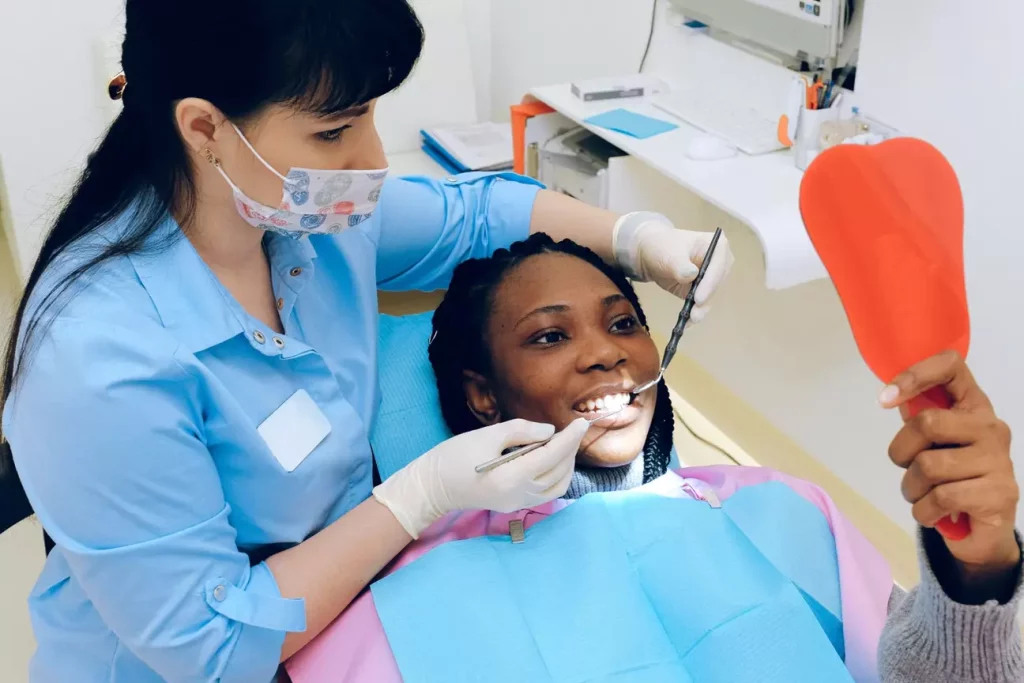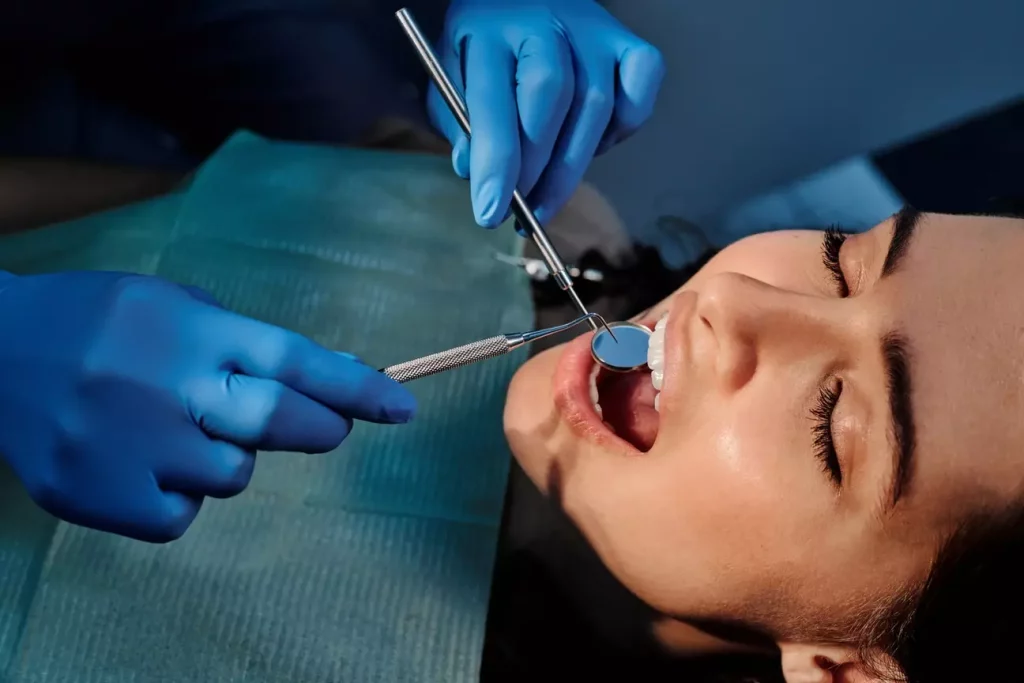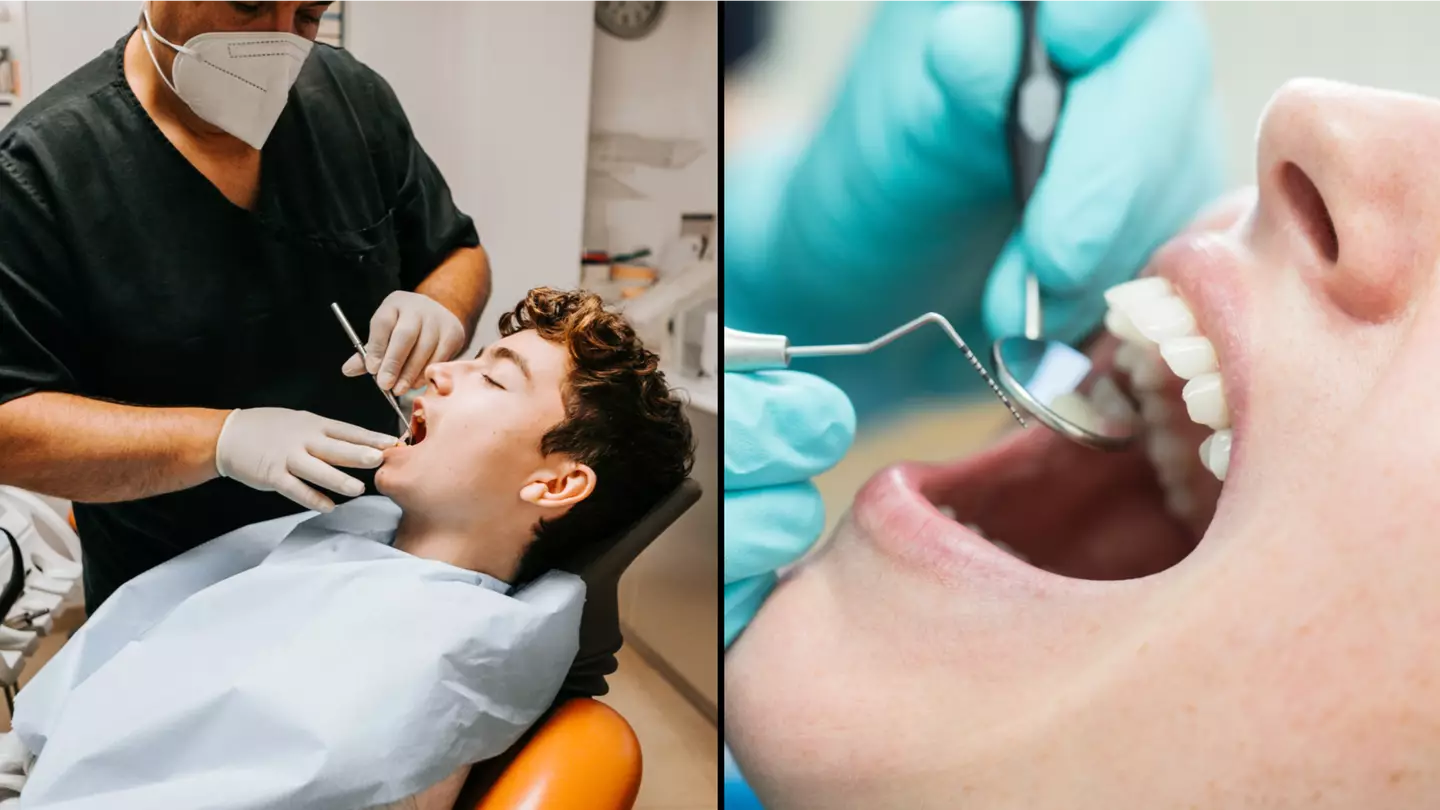If you’ve ever visited the dentist and overheard the staff analysing your mouth in a bizarre, cryptic manner, hold on—there’s a legitimate reason for it all.
Those in the know will attest that visiting the dentist can be nerve-wracking, sometimes quite literally.
Having work done on your teeth can be – once again, literally – like pulling teeth. The mouth is a fairly bad area to be examined.
However, we all know that it is important to have a healthy mouth, so we should keep going to the dentist as long as we can.
As many will also know, getting on the books at one can be a struggle.
Still, we digress.

Think about going to the dentist for a checkup and being forced to sit in that awful chair while someone shoves a flattened metal mirror into your mouth, blinding you with light.
Then, to add to the overall feeling of unease and confusion, they start sounding off numbers one after another to their nurse, who appears to grasp the situation right away and starts taking notes in earnest.
What the hell are they talking about?
Is there a problem with you?
It turns out that there is actually nothing to be concerned about; they are simply listing your teeth to see if they are in good condition.
Therefore, each of your teeth has a numerical equivalent, starting with the central incisor at position one.

Lateral incisors come in at ages two, three, four, and five, followed by canines, first and second premolars, and molars one to three, which come in at ages six, seven, and eight.
But those are only the first batch of figures. This is only a method of rating how good your periodontal health is, despite the fact that you could hear them round off other numbers as they go.
Periodontal, for those who might not know, involves your gums.
The numbers they use in this case only go up to six, with one being gums that are in excellent health, and six meaning that the gum has seen better days.
This is according to information on the website of the South Florida Dental Care practice, so we’ll have to assume they know what they’re talking about.
On that site, they add: “To test your periodontal health, your dentist will gently poke your gums and teeth while taking measurements.
“The instrument the dentist uses takes measurements in millimetres.
“The measurements detect any gum loss you may be experiencing.
“If your number is four or higher, you may have significant oral health issues that need to be addressed.
“The number increases when gums are inflamed, when bone loss is beginning, if you have a crack in your tooth, or if you are experiencing periodontal disease.”
As ever, the advice is the same – eat and drink less sugary stuff that erodes your teeth and can cause your gum health to deteriorate, and remember to regularly brush and floss to make sure that your tooth and gum health is as good as it can be.
















